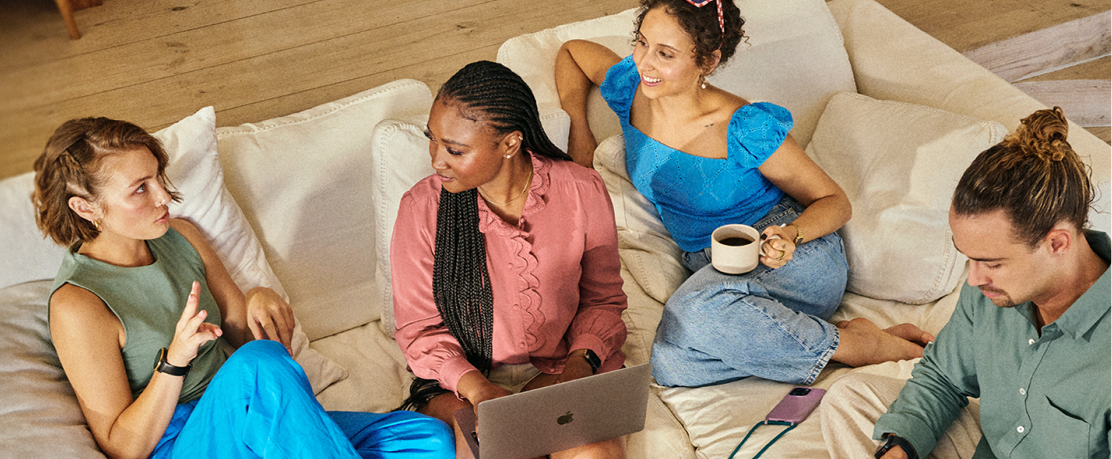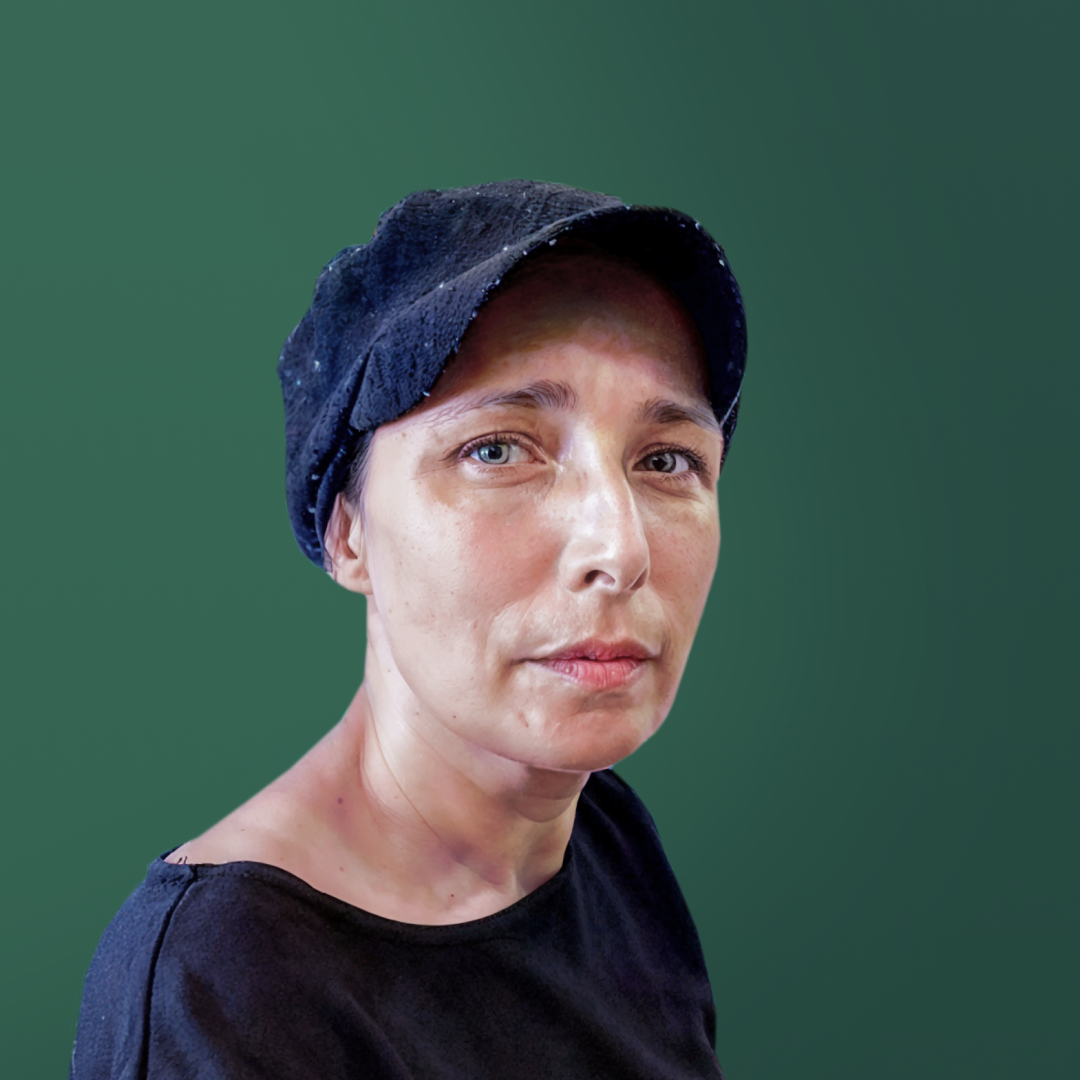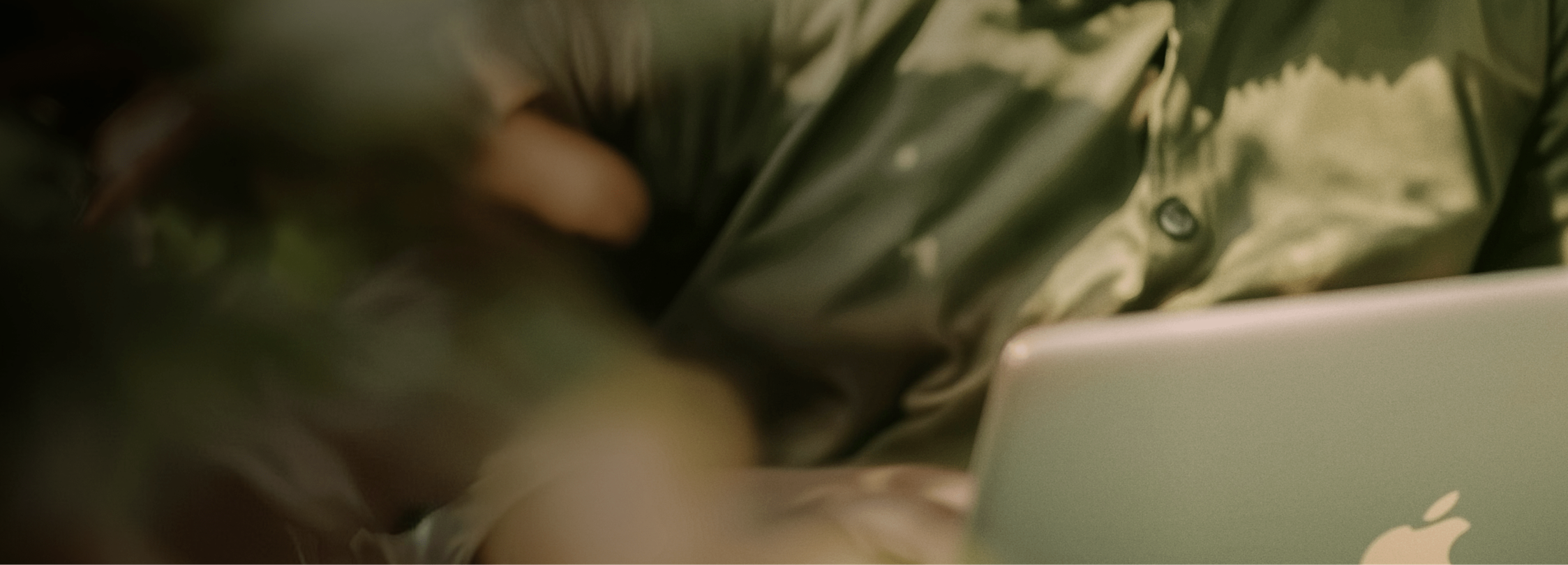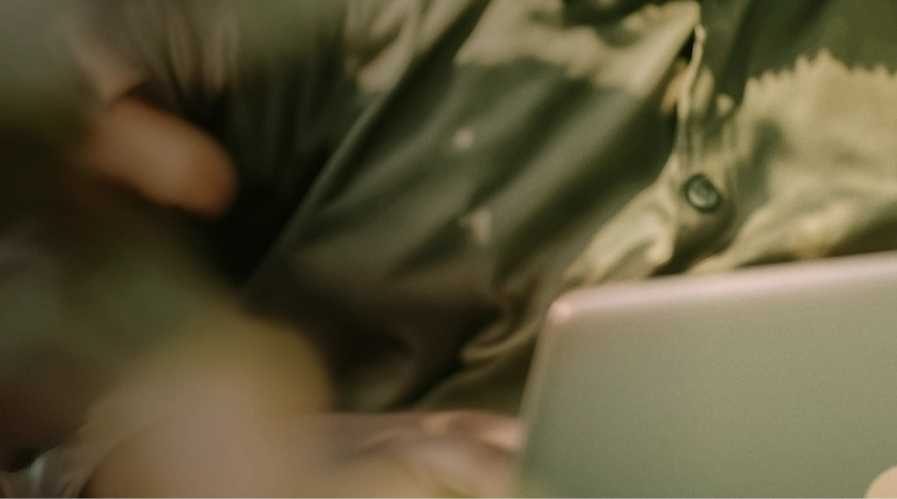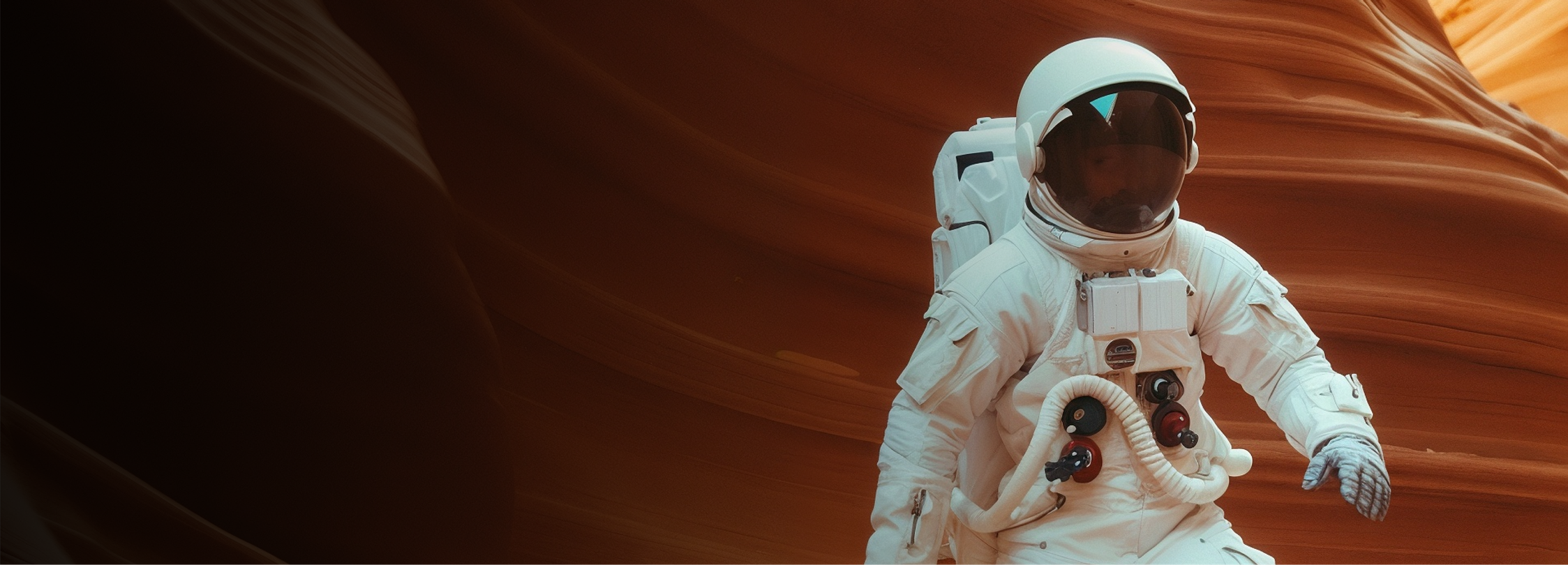The Brand Gap: What You Think vs. What Really Matters

On April 23, 1985, Coca-Cola chairman and CEO Roberto Goizueta made what he called “the boldest single marketing move in the history of the packaged-goods business”—the introduction of New Coke and the exit of Coke Classic.
Share prices dropped immediately. Stock prices for arch-enemy Pepsi increased, prompting the competitor to celebrate by giving their entire workforce a day off and running ads declaring victory in the cola wars.
So many complaint calls rolled in, the company had to hire extra operators. Protests were staged. Some people even filed lawsuits.
Seventy-nine days later, New Coke was no longer.
Brand Goals: No One Wants To Be the “New Coke”
The infamous story of New Coke exemplifies what can go wrong when marketers undervalue or completely ignore what their customers think about their brand.
At the same time, in today’s hypercompetitive world, fortune favors the bold. So, how do you experiment with your brand without risking it all? Let’s explore a few perspectives.
Your Brand Isn’t What You Say It Is
In his iconic book, The Brand Gap, Marty Neumeier famously declared, “Your brand isn’t what you say it is. It’s what they say it is." They, in case you weren’t paying attention, are your audience.
Neumeier asserts that for customers, a brand is more than a logo or identity system; it’s a fundamentally emotional experience.
The strongest branding combines strategy and creative to forge a connection unlike any other.
What Can Marketers and Creatives Do?
“You need to be curious. You need to be empathetic and always serve the customer, considering what they want and need.”
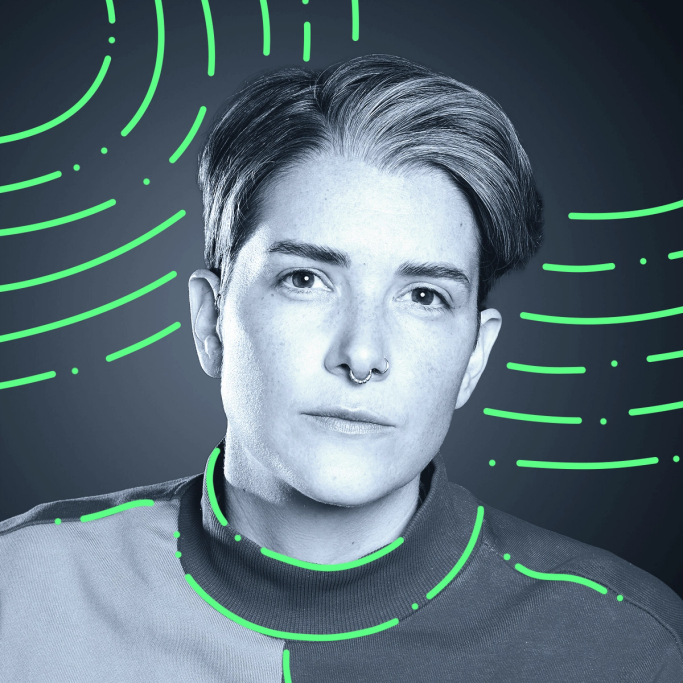
In an informal Superside poll, 95% of marketers and creatives
said brand growth was in the middle or at the top of their list of needle-moving priorities.
Thought leaders Catherine Blair-Timothy, Group Creative Director at Lightspeed Commerce and Dmitry Shamis, Creative Leader and former Global Head of Creative and Brand at HubSpot, further underscore that marketing and creative leaders need to act as brand advocates and educators both within the company and when working with stakeholders like outsourced design partners to promote brand growth.
Start With a Brand Framework
What story does your brand tell? Your framework captures this essence at the highest level, giving every stakeholder an objective frame of reference.
Whether you’re using one of the classic 12 archetypes, NeedScope structure or a simple “we’re this, not that” approach, your brand framework shapes the fundamentals of your positioning and identity.
For example, Superside is an advocate for its customers, setting the standard for Creative-as-a-Service (CaaS) that frees marketers and creatives from the shackles of creative bottlenecks and fuels growth.
Create Consistency With Brand Guidelines
Brand guidelines are tactical tools. They document how to use the logo, brand colors, iconography, photography, design templates and other assets, ensuring consistency at every touchpoint.
While they’re not as exciting as planning a campaign, the guardrails within the brand guidelines eliminate guesswork and wheel reinvention, making it a million times easier to produce campaign assets.
How Brio scaled its brand with Superside
When healthcare provider Brio engaged Superside, they needed to act quickly to help promote their convenient testing services. However, without a cohesive brand or guidelines, it was challenging to act fast. Superside helped Brio roll out a new visual identity and branding system across all of their touchpoints—a task previous branding agencies had been unable to do.
How TransACT increased design capacity 70x
TransACT had also undergone rapid growth and needed branding systems that united the main brand and its 13 sub-brands. In the absence of any central reference for brand standards, the team couldn’t get to market quickly. Not only did Superside help TransACT refresh its primary logo and bring the sub-brands into alignment, the resulting efficiencies helped them work 70x faster.
TransACT's brand guidelines became a central source of truth for marketing and creative projects.
Know When to Experiment With Your Brand
"There are lots of really good reasons to experiment with your brand. But, one of the questions that comes up is thinking about where and when."

Humans are complicated. So is branding. While structure is a good thing, change happens and your brand needs room to adapt.
Whether your audience has changed, you’re targeting a new segment, exploring a new channel or any number of reasons, you have to respond.
Sometimes it’s a small adjustment. Other times, you may opt to refresh or completely rebrand. Either way, inaction is not an option.
Blair-Timothy and Shamis provided a matrix for evaluating your brand experimentation options. In their model, risk is a function of funnel stage and audience size. The larger the audience and further down the funnel you are, the greater the risk.
The Scariest Parts of Brand Experimentation
The emotional creatures that we are, many of us have our reservations about taking risks in the first place.
In fact, 52.2% of marketers and creatives said their biggest fear about experimenting with their brand was a loss of brand recognition.
Many also don’t know where to start, with 39.5% citing a lack of market insights as the greatest barrier preventing them from testing anything new.
Taking Calculated Risks
You don’t have to make blind guesses and you can look before you leap into any brand experimentation. It can be as simple as asking your audience what they think. Shamis noted, “You won’t have a more engaged audience than the one that's actually paying you money.”
You also don’t have to be exhaustive, asking hundreds or thousands of customers their thoughts. Just take a small sample and look for trends.
At the Superside Momentum Summit, Max Bidna (aka Marketing Max) also identified some simple methods for gathering customer feedback. He suggested sending short customer surveys twice a year and making regular efforts to gather testimonials.
Skimming review sites can help you test the water. If you have an online community, it’s a natural platform for chatting with highly engaged customers. Your sales and support teams are a wealth of information as are your campaign results. Even a simple A/B test can be quite telling.
You Can Do This!
Branding isn’t about you. But, then again, it is—you help shape the interactions your customers have with your brand. Oh marketing, we love how counterintuitive you really are.
You can take risks and test ideas. You may not need to make the boldest single marketing move in the history of your industry—but then again, maybe you could. Just take the time to consider what your audience thinks and feels.
Plus, you don’t have to go it alone. Superside can help with any range of branding projects large or small, strategic or iterative or anywhere in between. With experts like Anneke King by your side, you can tackle anything from creating or updating brand guidelines to producing a wide range of dynamic, on-brand creative assets.
Ex-copywriter turned content strategist with two decades of creative chaos under her belt. She's helped scale content, brands and frozen pies—yes, really. Now? She empowers creatives to work smarter, not smaller.
You may also like these
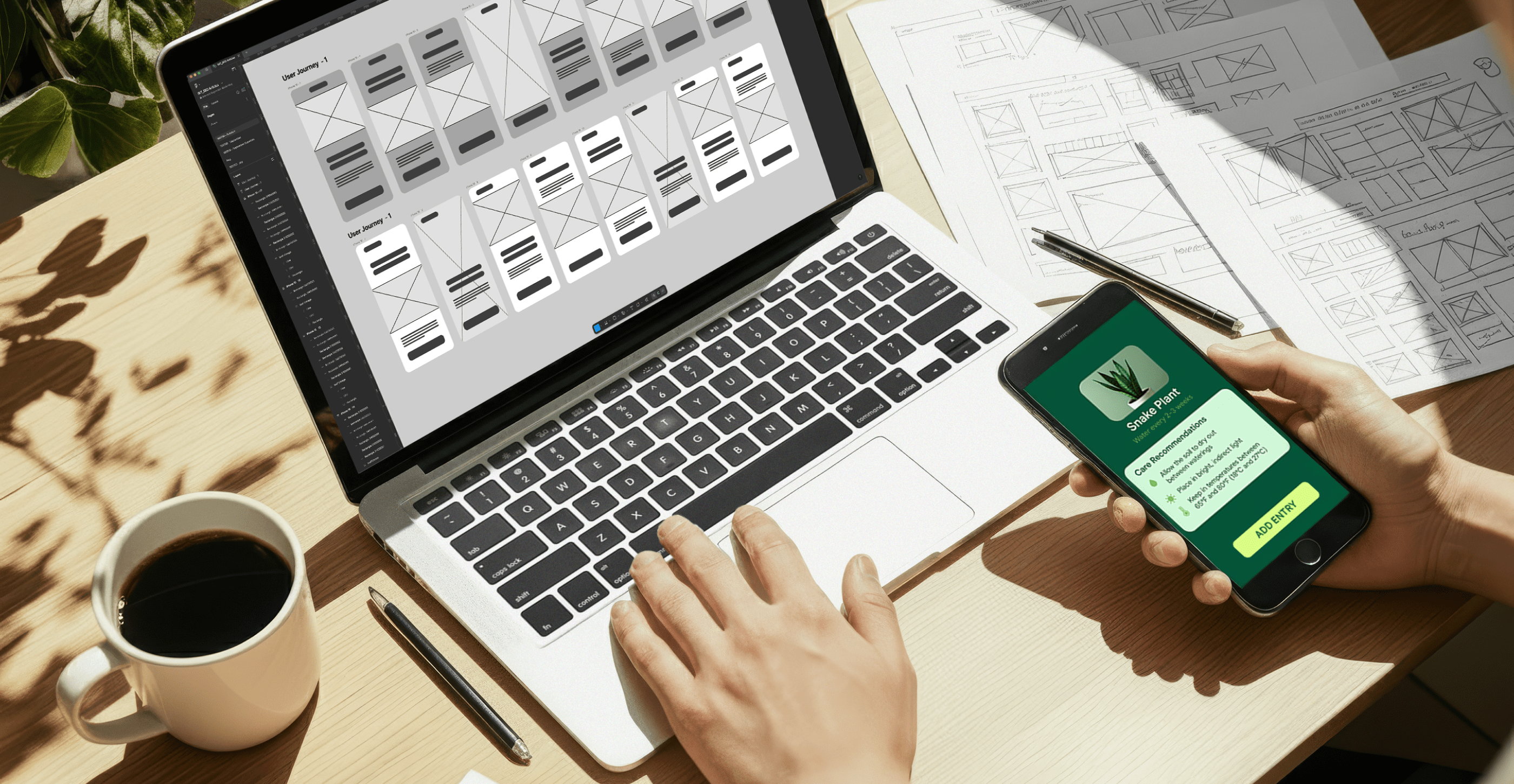
10 best product design companies of 2025
In a world flooded with digital products, the difference between a product that gets adopted by target audiences and one that gets ignored is design.Modern users are no longer merely satisfied with products that work. They seek intuitive, beautiful experiences and products they truly enjoy using. In sectors such as SaaS, consumer tech, healthcare and fintech, design shapes brand perception, product adoption, user engagement and, ultimately, loyalty.For enterprises and high-growth brands, the stakes are high. Every design misstep and delay could translate into lost relevance. Yet many in-house design teams have too little bandwidth to deliver products at the speed, scale and quality now required. On the other hand, traditional agencies move too slowly or aren’t built for the level of iteration modern tech enterprises require.This is where a top-notch, dedicated product design service can tip the balance in your favor. In this article, we unpack why great product design is a non-negotiable. We also share 10 product design companies that can help you create an in-demand, highly successful product.Why great product design is a competitive advantage for enterprise brands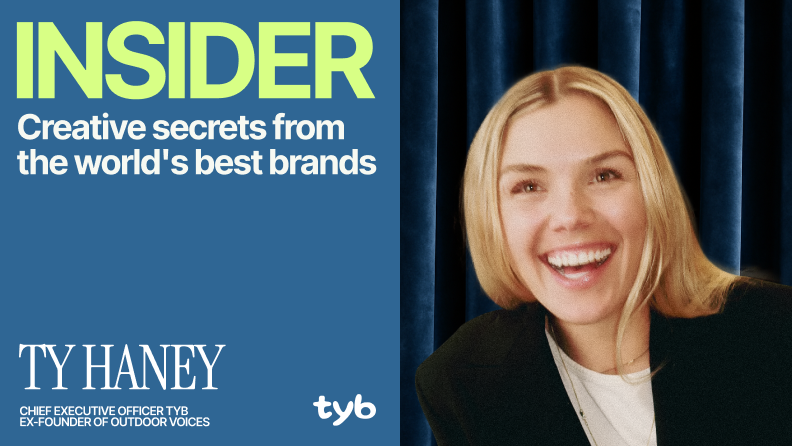
Why brands that build community get customers for life
Ads don’t seem to hit like they used to. Your customer acquisition cost is through the roof. And even when you do bring in customers, it feels like they’re only with you for a moment before disappearing forever. Some brands might be able to sustain their growth in these conditions, either because they have a massive war chest or their customers make massive transactions.But for most, there’s a better way to grow. By building a community and a fan base, you can get customers for life.At Superside’s Insider Summit, Ty Haney, three-time founder and current CEO of Try Your Best, shared how her approach to community has catapulted the brands she’s built to new heights—and how her latest venture has turned this into a business.What is community-led growth?In short? Shifting from acquiring customers to building a fan base. It means creating experiences that reward customers, granting them access to exclusive perks, and giving them something to get excited about beyond the transactional. It’s about giving them opportunities to become obsessed with your product and your brand until they become micro-influencers.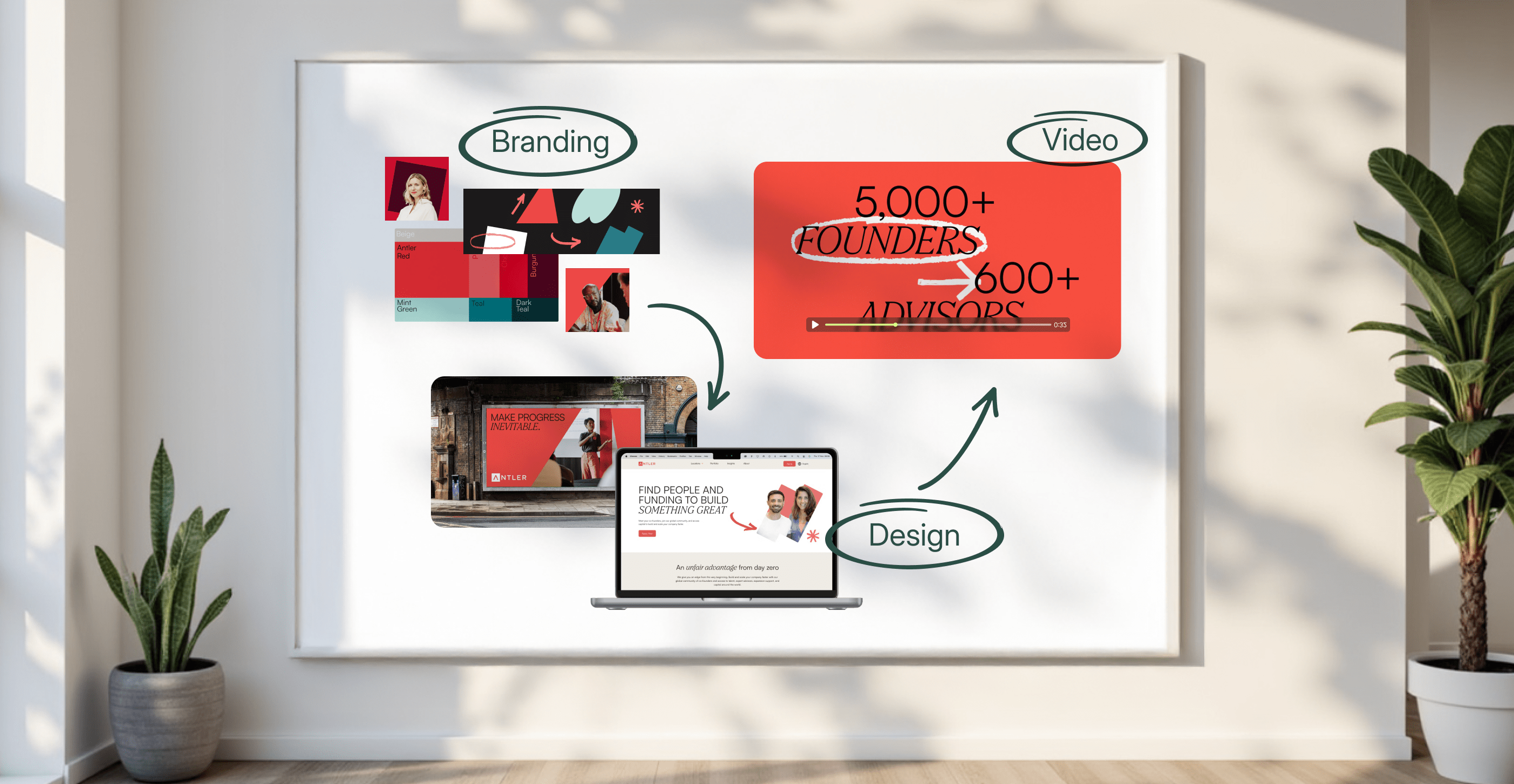
5 creative marketing services that change enterprises’ ROI in 2025
With digital advertising projected to bring in 73.2% of global ad spend, the pressure to consistently produce standout creative at scale is real. For a chance to connect with target customers, enterprise teams must now deliver high volumes of top-quality marketing creative across multiple channels.For most enterprises, increased output is only one part of the challenge. It’s usually just as tough to achieve consistency, speed and good results, especially if resources are limited. And limited they are: Our recent Overcommitted report confirmed that today’s creative teams simply juggle too much.Fortunately, many top marketing executives have come to realize their in-house creative departments can’t do it all themselves. Superside’s customers, for example, experience first-hand how a combination of strategy, data, AI-driven workflows and creative muscle can help them scale smarter, give bandwidth back to their teams and deliver a high ROI.Want to improve your creative production output and deliver eye-popping creative performance results? In this article, we explore what creative marketing is and how it can be applied in enterprise environments such as yours. In addition, meet the top creative marketing services that can help your enterprise achieve stronger results. Let's dive in!
